Written by Simone Zaccherini, Head of Innovation at Italian Exhibition Group S.p.A., and Member of the UFI Digital Innovation Working Group.

The exhibition industry is at a pivotal crossroads. Traditionally built on personal interactions, trade shows and business events are now integrating AI-driven automation and augmentation to enhance efficiency and engagement. However, this transformation must be handled with care, trust in AI, creative problem-solving, and a balanced approach to productivity remain critical success factors.
LOOKING FOR AUTHENTIC TEXTURES
As AI-driven solutions become more integrated into digital experiences, skepticism among customers is growing, with many questioning the authenticity of online interactions. The exhibition industry—unique and distinctive for its ability to create depth, authenticity, and sensory-rich experiences—highlights the need for AI to be implemented in a way that prioritizes transparency and trust. While AI can greatly enhance event logistics, networking, and personalization, its success depends on ensuring that clients, stakeholders, and attendees feel confident in its application and decision-making processes.
This paradigm also emerges in Accenture’s “Life Trends 2025“, which states that brands should seek out non-digital ways to authentically connect with customers. Increasingly, customers are looking for simpler technologies when they need them.
This is one of the reasons why it may make sense to prioritize investments in intelligent automation over pure generative AI.
WHY INTELLIGENT AUTOMATION?
Intelligent automation – defined as the strategic combination of artificial intelligence (AI), machine learning (ML), robotic process automation (RPA), and other advanced technologies to automate complex business processes end-to-end with minimal human intervention – is crucial for managing the increasing complexity and volume of operations in the exhibition industry.
Tasks such as registration, scheduling, managing speaker or delegate data collection, and logistics can be efficiently automated, allowing teams to focus on higher-value activities. Consequently, this shift not only reduces workload but also enhances operational accuracy and speed.
An Intelligent Automation initiative is built on modular components that, once developed, can be easily scaled and reused across multiple use cases.
For example, an automation solution designed to streamline the management of an event/conference schedule at a trade fair may include a component for the automated collection of speaker data and consent forms. This same component can then be effortlessly repurposed for a wide range of automation needs, such as asset collection and validation in other business processes, significantly increasing efficiency and scalability.
WHAT IS THE ROI OF INTELLIGENT AUTOMATION?
It is easy to define the return on investment (ROI) of intelligent automation in quantitative terms, such as reducing operating costs or increasing speed and efficiency.
However, there are several qualitative factors to consider. On one hand, there is a clear improvement in customer experience (click here for an example). On the other hand, there is the return on human capital, including enhanced employee morale.
In fact, the tasks and processes best suited for automation are often the most tedious and least enjoyable. By automating these, employees can be freed to focus on more fulfilling, high-value activities, such as insights and analytics.
THE FUTURE OF WORK
As the World Economic Forum’s Future of Jobs Report suggests, rather than eliminating jobs, automation and AI will reshape work dynamics, creating new opportunities and skill demands.
The challenge ahead lies in striking the right balance between automation and human engagement, ensuring that technology serves as an enabler rather than a replacement. By embracing this approach, the exhibition industry can drive innovation, enhance customer trust, and build more immersive and efficient event experiences for the years to come.

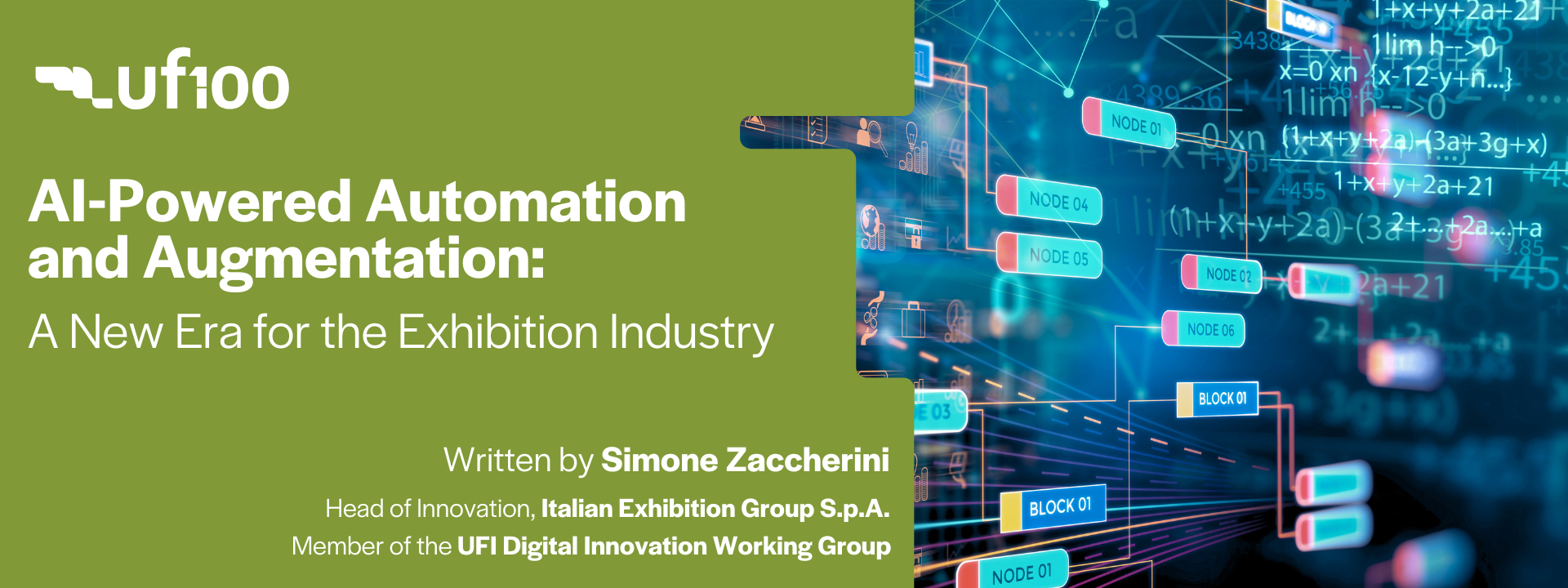
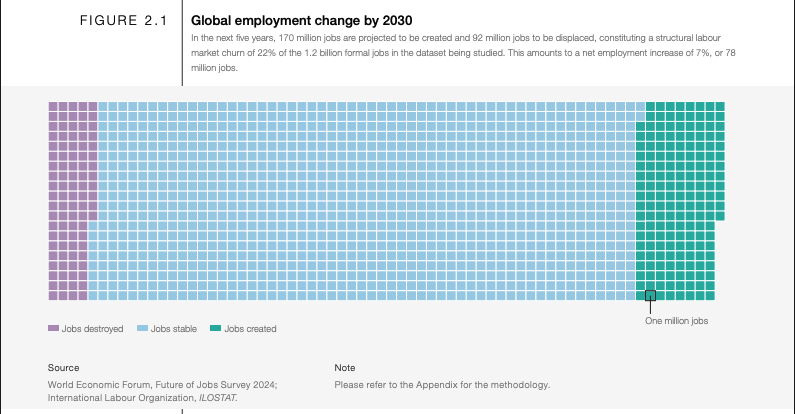
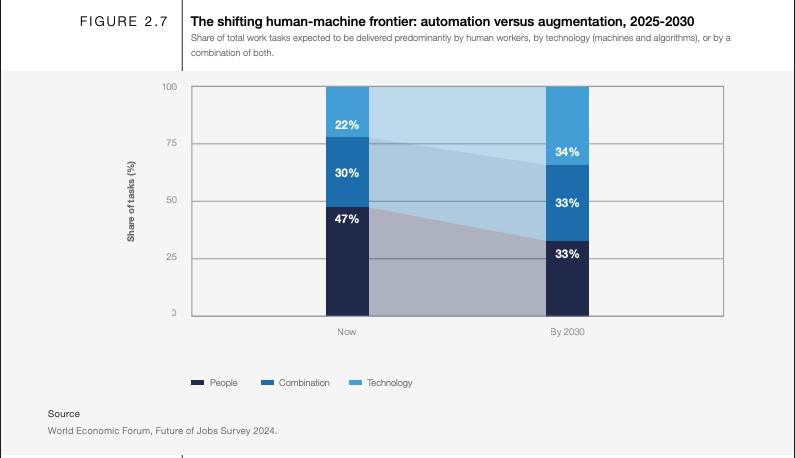

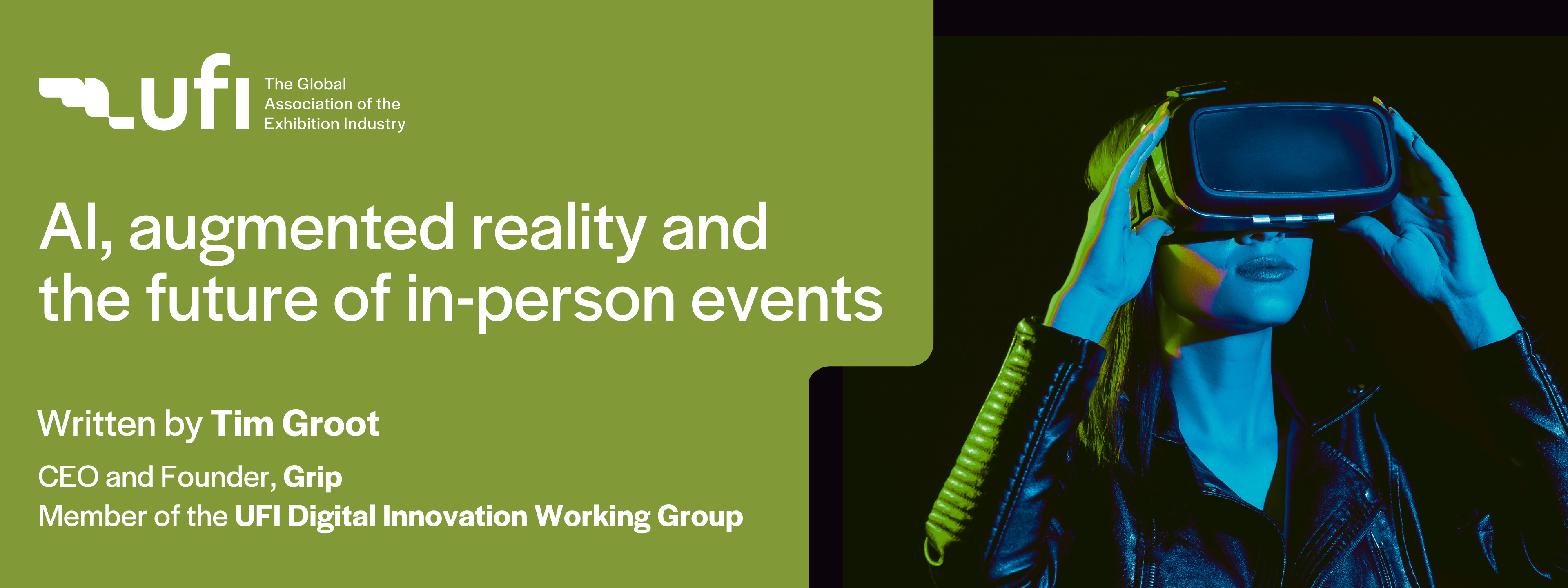

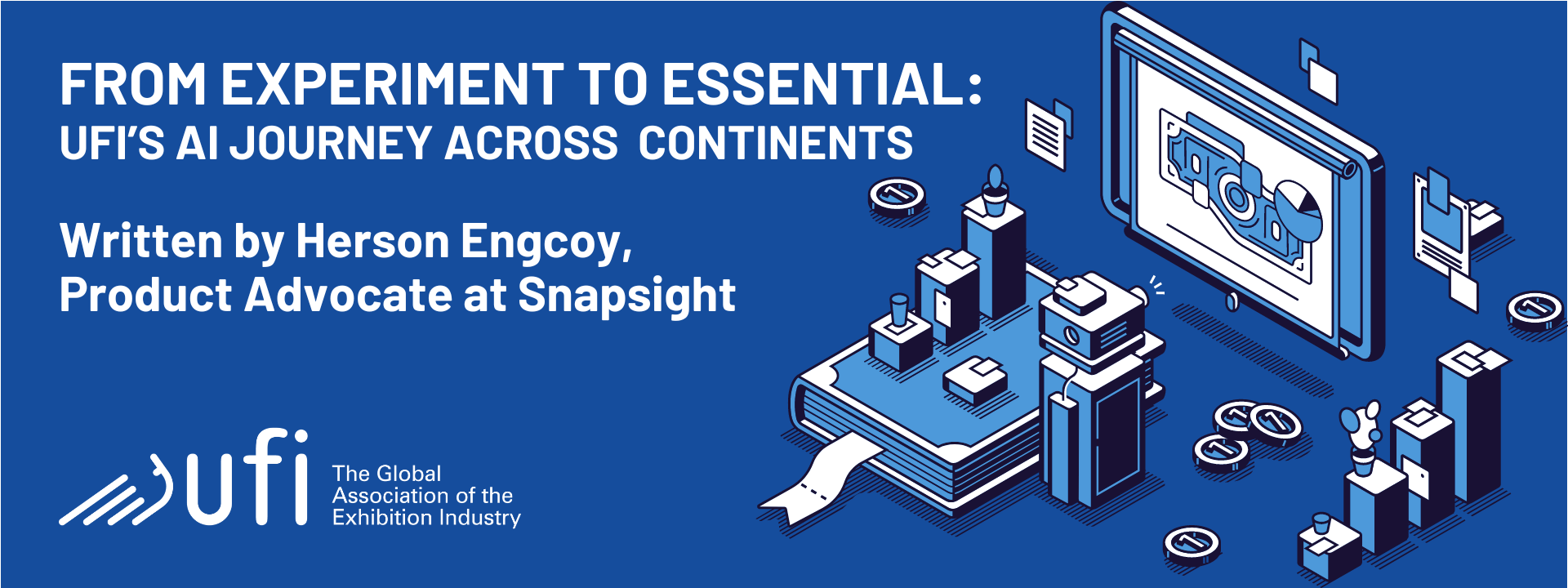
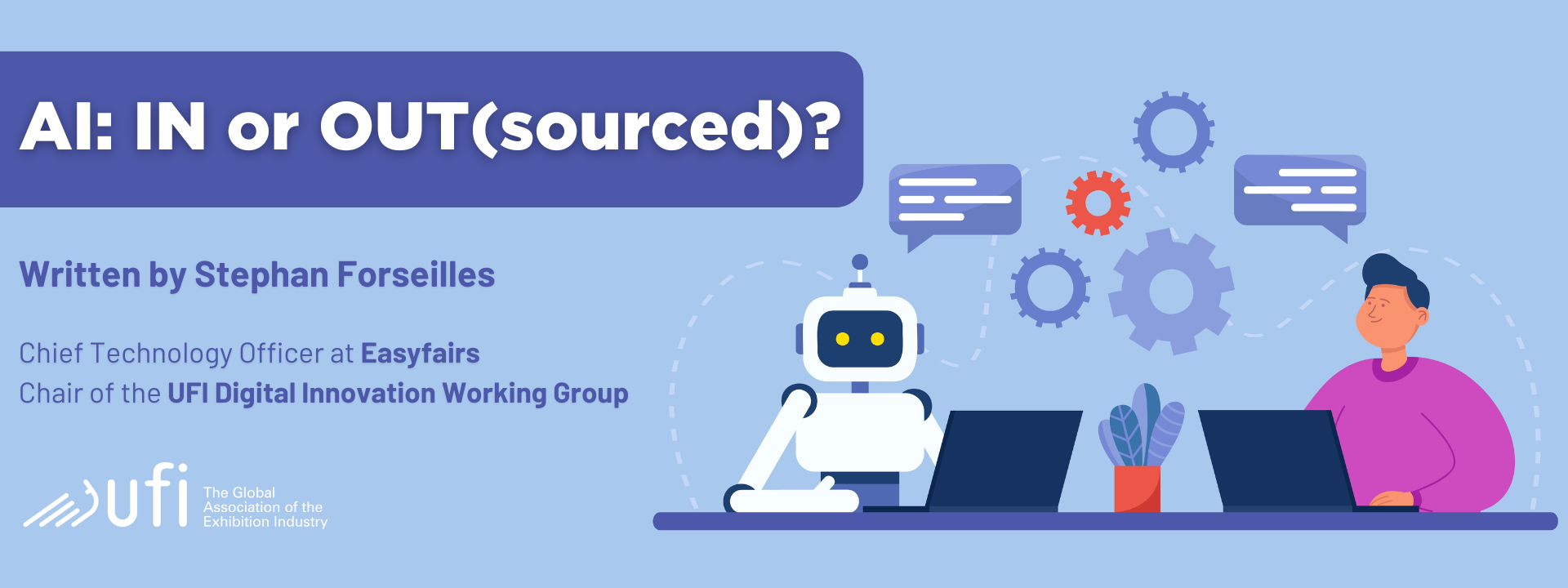
Leave A Comment